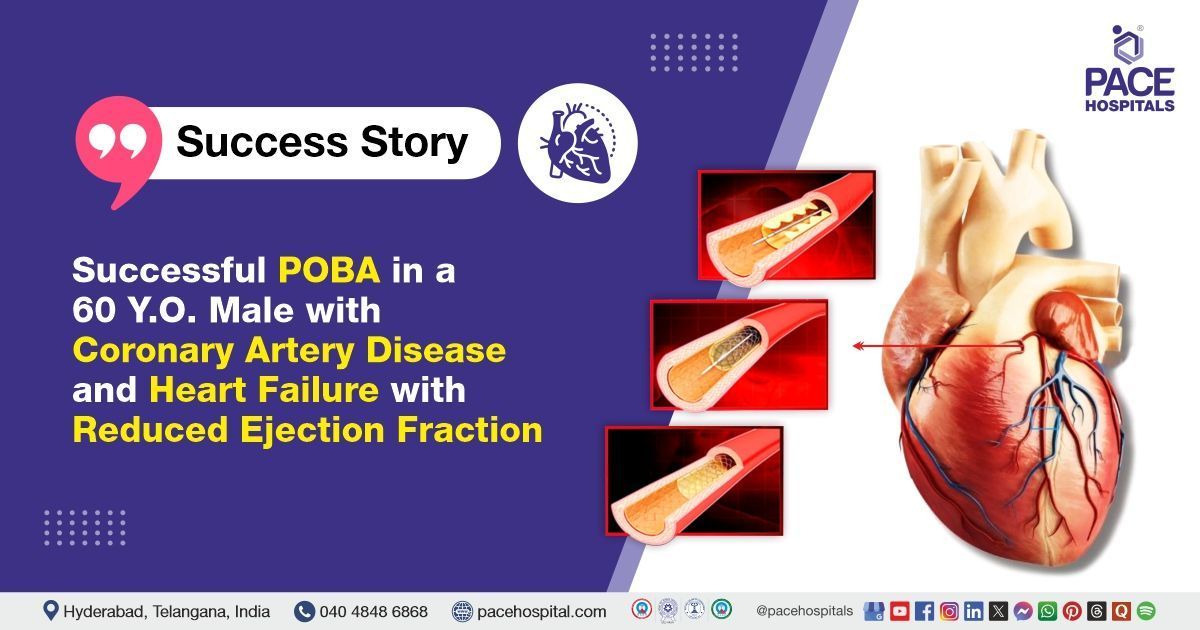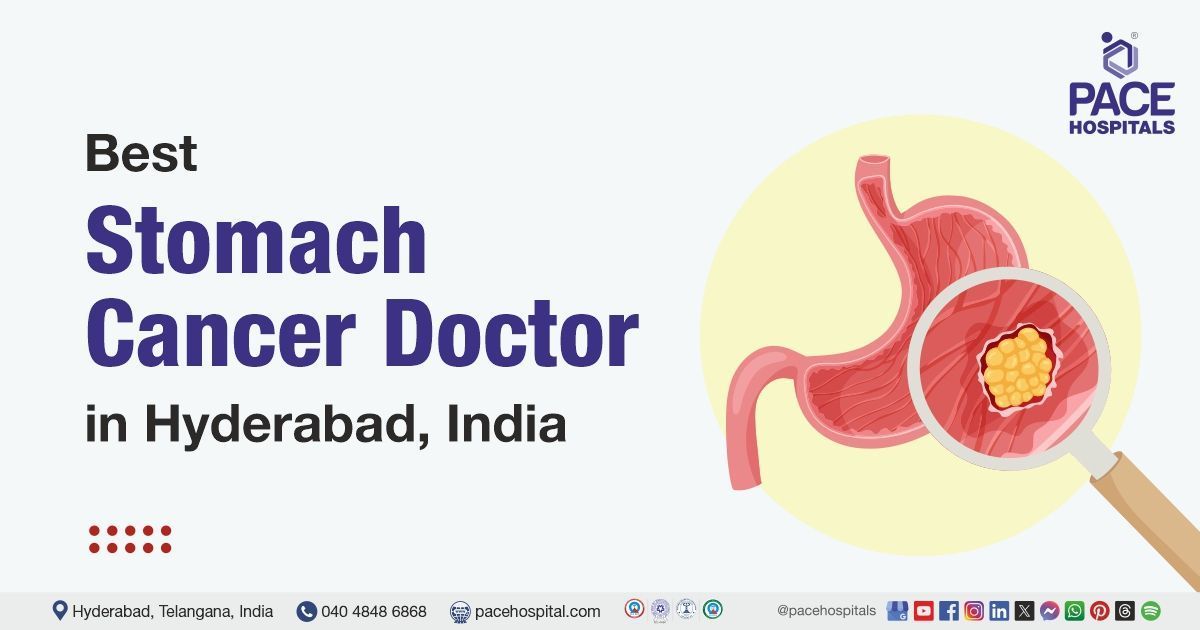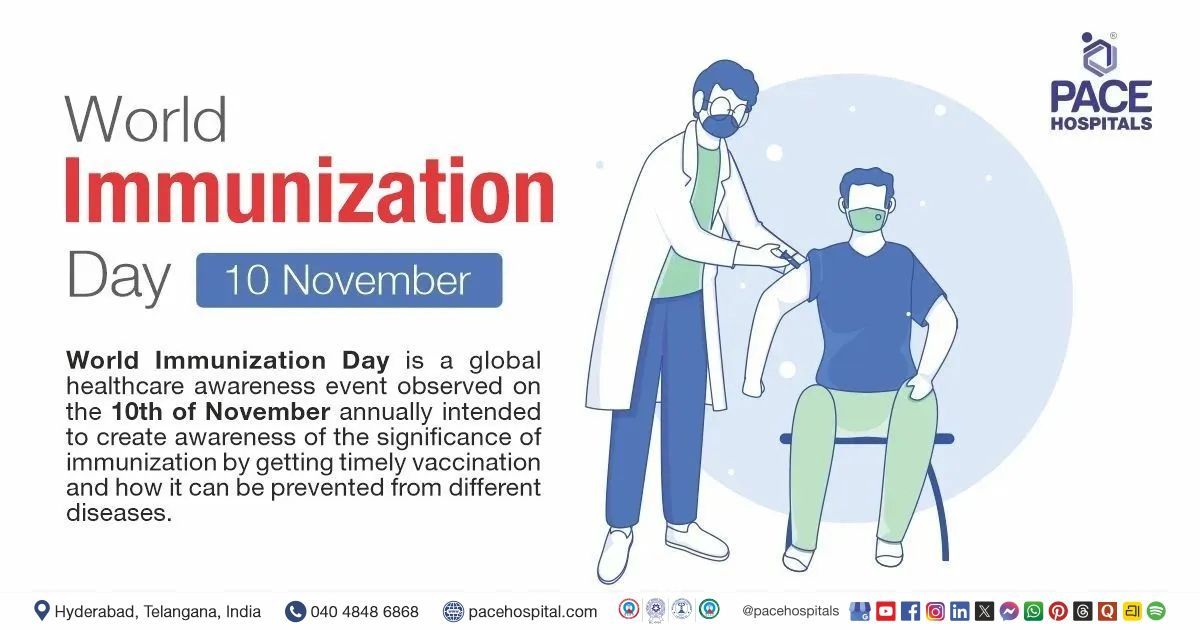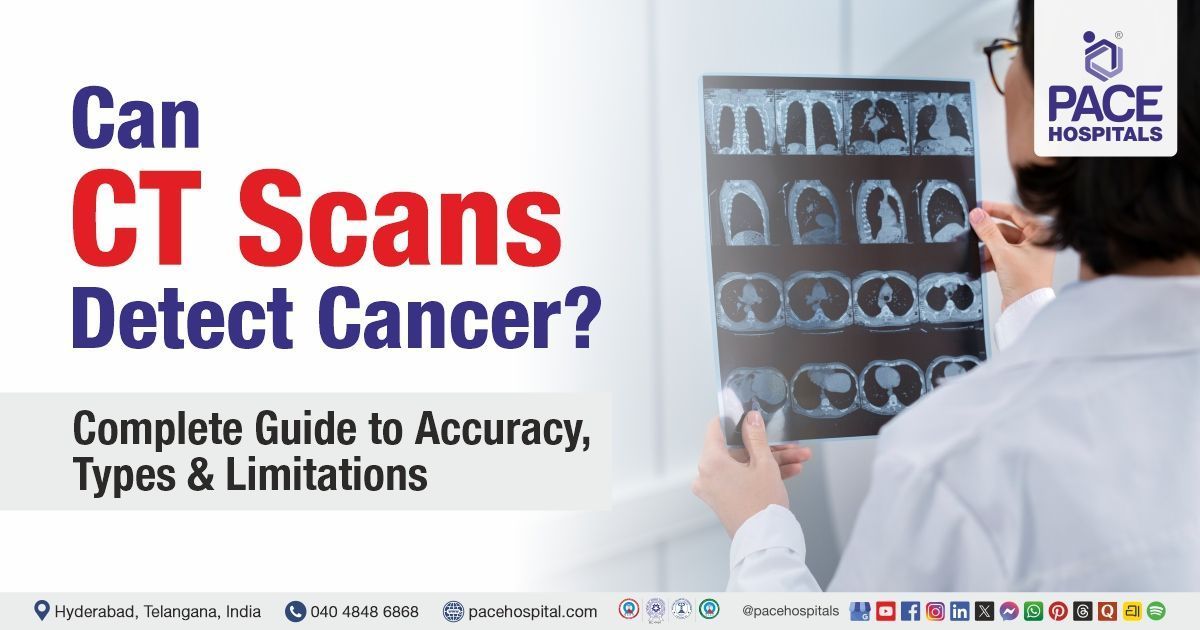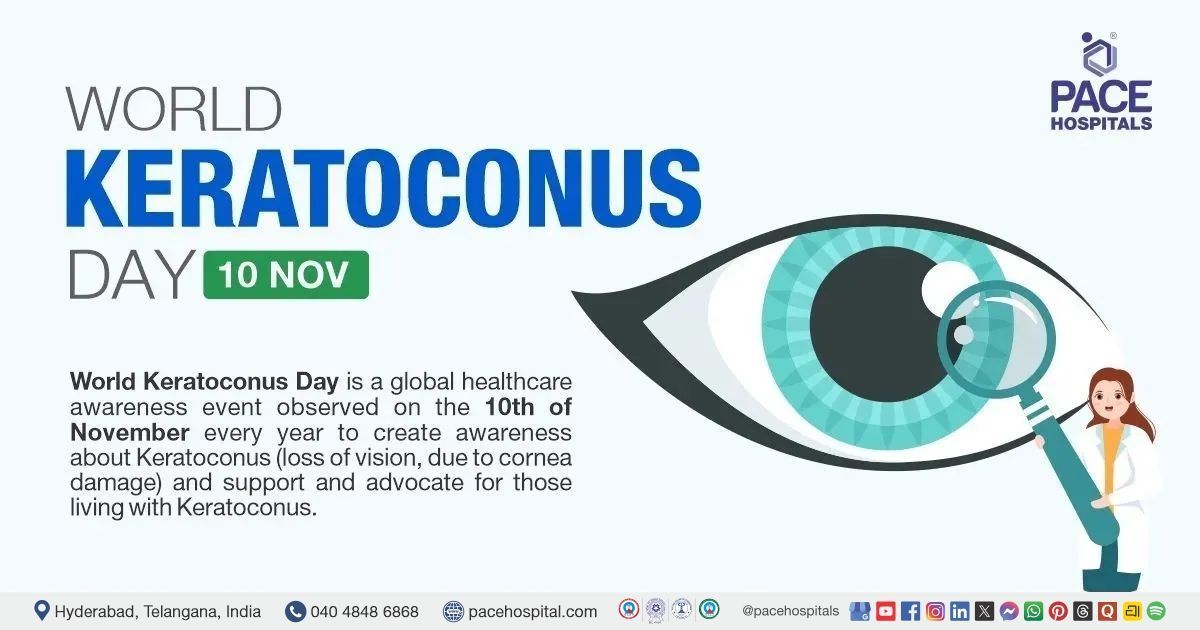Successful POBA in a 60-Year-Old Male with CAD & Heart Failure
PACE Hospitals
PACE Hospitals’ expert cardiology team successfully performed Plain old balloon angioplasty (POBA) on the right coronary artery (RCA) in a 60-year-old male patient with coronary artery disease (CAD) and heart failure with reduced ejection fraction (HFrEF). The patient presented with exertional chest pain and shortness of breath. The procedure effectively restored coronary blood flow, relieved his symptoms, and is expected to improve his cardiac function and reduce the risk of future cardiac events.
Chief Complaints
A 60-year-old male patient with a
body mass index (BMI) of 21.3 presented to the Cardiology Department at
PACE Hospitals, Hitech City, Hyderabad, with complaints of shortness of breath during physical activity and chest pain. He had a known history of coronary artery disease (CAD) and heart failure with reduced ejection fraction (HFrEF).
Past Medical History
The patient was known to have
coronary artery disease (CAD) with
heart failure with reduced ejection fraction (HFrEF). He had no history of
diabetes mellitus,
hypertension, or other chronic systemic illnesses. He had previously undergone cardiac evaluations and remained on regular follow-up for his cardiac condition.
On Examination
Upon admission to PACE Hospitals, the patient was conscious, cooperative, and oriented. There was no pallor or pedal edema. His Vital signs were stable and within normal limits. Systemic examination revealed clear respiratory sounds with no abnormalities. Cardiovascular examination showed no murmurs. The abdomen was soft and non-tender, and neurological assessment did not reveal any focal deficits.
Diagnosis
After the initial examination, the patient underwent a comprehensive evaluation by the cardiology team, including clinical assessment, laboratory tests, and cardiac imaging to assess the extent of coronary artery disease (CAD) and heart failure. The patient reported symptoms suggestive of heart failure, such as exertional breathlessness and fatigue.
Electrocardiogram (ECG) showed non-specific ST-T changes, which prompted further cardiac evaluation. A chest X-ray demonstrated mild cardiomegaly with clear lung fields. Echocardiography revealed a reduced left ventricular ejection fraction, consistent with heart failure with reduced ejection fraction (HFrEF).
To assess for underlying coronary artery disease, a treadmill test (TMT) was performed, and it was positive for ischemia. This led to a coronary angiography (CAG), which confirmed significant coronary artery disease with evidence of prior interventions and possible in-stent restenosis. These findings supported the diagnosis of chronic ischemic heart disease and systolic (congestive) heart failure.
Based on the confirmed findings, the patient was advised to undergo Coronary Artery Disease Treatment in Hyderabad, India, under the expert care of the Cardiology Department.
Medical Decision Making
After a thorough consultation with Dr. Seshi Vardhan Janjirala, a cardiologist, a comprehensive evaluation was conducted to develop an appropriate diagnostic and therapeutic plan tailored to the patient’s cardiac condition. Given his symptoms and established cardiac history, the assessment focused on determining the extent and severity of the disease. It was concluded that plain old balloon angioplasty (POBA) to the right coronary artery (RCA) would be the most effective intervention to relieve the obstruction and improve cardiac function.
The patient and his family were thoroughly counselled regarding his condition, the need for intervention, the benefits, and potential risks of POBA, and the importance of timely management to prevent further complications and preserve cardiac function. The primary goal was to initiate prompt and effective treatment to optimise the patient’s prognosis.
Surgical Procedure
Following the diagnosis, the patient was scheduled for a plain old balloon angioplasty (POBA) procedure in Hyderabad at PACE Hospitals, under the expert supervision of the Cardiology Department, ensuring optimal care and a smooth recovery process. The procedure involved the following steps:
- Preparation and Vascular Access: The patient was positioned on the procedure table, and the skin over the wrist (radial artery) was cleaned and numbed with local anesthesia. A small needle was inserted into the artery, and a thin guidewire was passed through the needle. The needle was then removed, and a flexible sheath was placed to allow the introduction of the catheters.
- Coronary Angiography and Guidewire Placement: A catheter was advanced over the guidewire and directed toward the heart under X-ray guidance. Contrast dye was injected to visualize the coronary arteries and identify the site of blockage in the RCA. Once the lesion was located, the catheter was positioned at the ostium of the RCA, and a fine guidewire was carefully threaded across the narrowed or blocked segment.
- Balloon Inflation and Angioplasty: A balloon-tipped catheter is advanced over the guidewire to the site of the RCA blockage. The balloon was inflated to compress the plaque against the artery wall, widening the vessel and restoring blood flow. The balloon was then deflated and removed, and repeat angiography was performed to confirm successful dilation of the artery.
- Completion and Recovery: The guidewire and catheter were withdrawn, and the vascular access site was closed with manual compression. The patient was monitored for any immediate complications and transferred to a recovery area for observation. Instructions were given regarding post-procedure care and follow-up.
Postoperative Care
The patient was closely monitored in the ward postoperatively. During his hospital stay, he received intravenous fluids, antipyretics, antibiotics, antacids, and laxatives. He remained hemodynamically stable and responded well to the instituted therapy; he was subsequently prepared for discharge with comprehensive post-discharge care instructions and follow-up recommendations.
Discharge Medications
Upon discharge, the patient was prescribed a combination of medications, including antiplatelet agents to prevent thrombosis and reduce the risk of future cardiac events, statins for cholesterol management, diuretics, and vasodilators to optimize heart failure control, and gastrointestinal protectants to minimize gastrointestinal side effects. The regimen also included medications to support cardiac function and prevent disease progression, and the patient was counselled on the importance of adherence to therapy and regular monitoring.
Emergency Care
The patient and family were informed to contact the emergency ward at PACE Hospitals in case of any emergency or development of symptoms such as chest pain, shortness of breath, abdominal pain, or fever.
Review and Follow-Up
The patient was advised to return for a follow-up visit with the Cardiologist in Hyderabad at PACE Hospitals, after 1 week, with a prior appointment.
Conclusion
This case highlights the successful restoration of coronary blood flow and improvement in cardiac function through a carefully planned and executed POBA procedure. It emphasizes the importance of early recognition, patient education, and coordinated care in optimizing outcomes for individuals with advanced coronary artery disease and heart failure.
From Open Surgery to Plain Old Balloon Angioplasty (POBA): Evolution in Treating Coronary Artery Disease
Effective intervention for coronary artery disease and heart failure with reduced ejection fraction often involves minimally invasive procedures such as plain old balloon angioplasty (POBA). This approach is commonly chosen by the
cardiologist / heart specialist to restore blood flow through narrowed or blocked coronary arteries, especially when symptoms like chest pain and breathlessness are present. POBA’s minimally invasive nature means it can be performed through a small puncture in the wrist or groin, avoiding the need for open-heart surgery. As a result, recovery times are typically shorter, and the risk of complications such as infection or excessive bleeding is reduced compared to more invasive surgical options. The procedure quickly relieves symptoms and improves cardiac function by expanding the affected artery with a balloon. This method also allows individuals to resume daily activities sooner and experience less pain during recovery. The use of POBA exemplifies modern cardiology’s emphasis on patient-centered, evidence-based care for complex heart conditions. Overall, minimally invasive interventions like POBA play a crucial role in optimizing outcomes and quality of life for those with advanced coronary artery disease and heart failure.
Share on
Request an appointment
Fill in the appointment form or call us instantly to book a confirmed appointment with our super specialist at 04048486868

